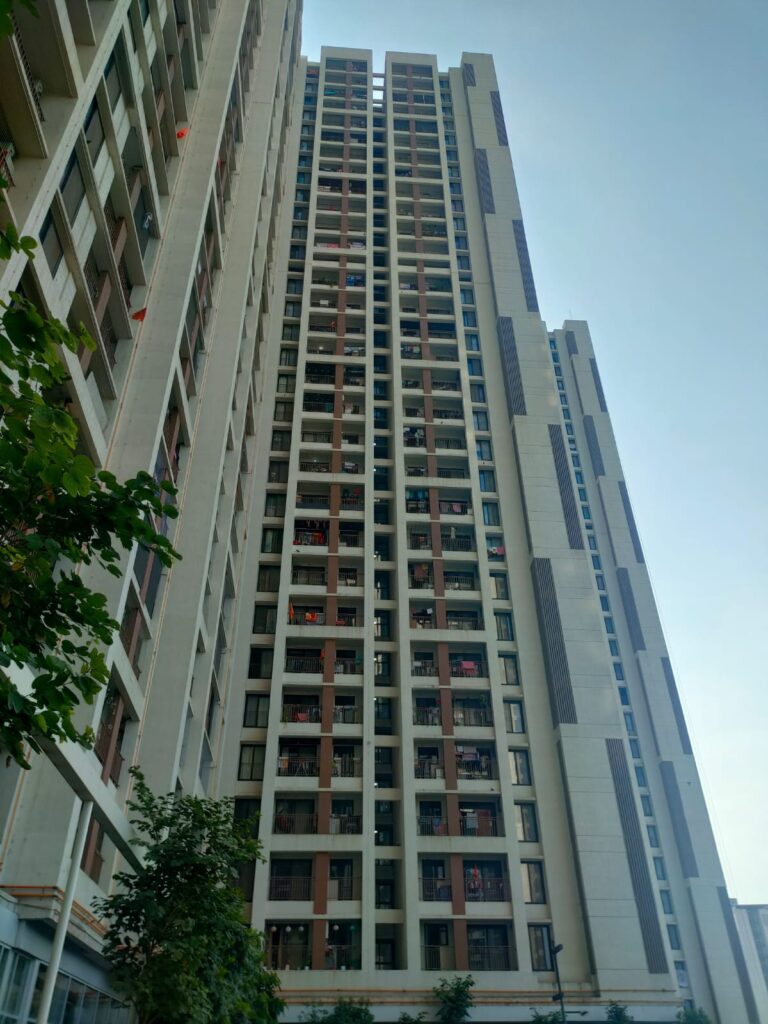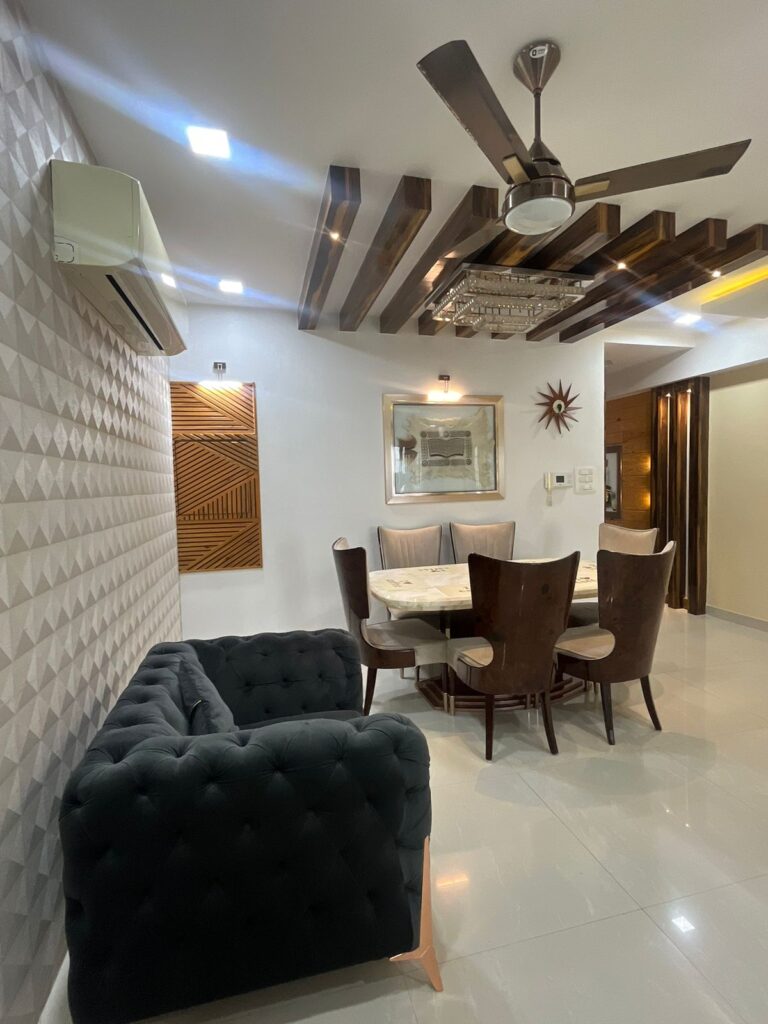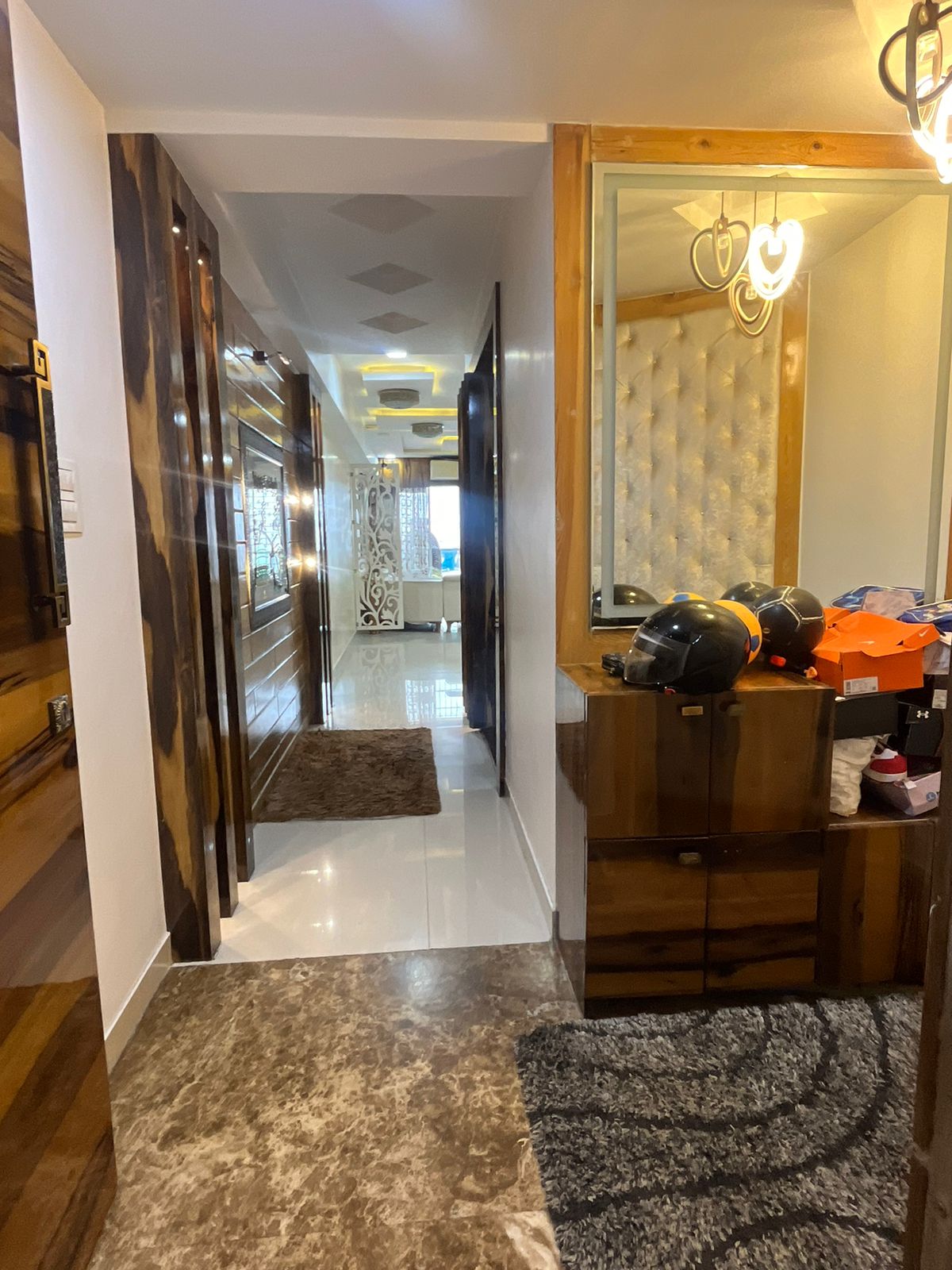Mumbai, India’s financial capital, is witnessing a significant surge in the luxury housing market in 2024. This trend is reshaping the real estate landscape of the city, driven by a growing demand for high-end properties among affluent buyers. Here’s an in-depth look at the factors fueling this boom and what it means for prospective buyers and investors.
Why is the Luxury Housing Market Booming?
Increased Disposable Income and Wealth Accumulation:

One of the primary reasons for the rise in luxury housing demand is the increased disposable income among high-net-worth individuals (HNWIs) and ultra-high-net-worth individuals (UHNWIs) in India. The economic stability and growth in various sectors have contributed to the wealth accumulation of these individuals, enabling them to invest in premium properties that offer exclusivity and luxurious living standards.
Preference for Premium Amenities:
Modern luxury homes in Mumbai are more than just living spaces; they are a status symbol. These homes are equipped with world-class amenities such as private pools, gyms, concierge services, and advanced security systems. The emphasis on high-quality finishes, cutting-edge technology, and unique architectural designs makes luxury homes highly desirable for those seeking comfort and exclusivity.
Strategic Locations:

Luxury properties in Mumbai are often located in prime areas such as South Mumbai, Worli, and Bandra. These locations offer proximity to business hubs, entertainment centers, and prestigious schools, making them attractive to buyers who value convenience and lifestyle. The scarcity of land in these areas further drives up the value of luxury properties, adding to their appeal.
Rise of NRI and Expat Buyers:
Non-Resident Indians (NRIs) and expatriates are increasingly investing in Mumbai’s luxury real estate. Favorable exchange rates, a strong emotional connection to their homeland, and a desire to invest in a tangible asset contribute to this trend. NRIs often seek properties that offer a luxurious lifestyle comparable to what they experience abroad, driving demand for high-end real estate.
Real Estate as a Safe Investment:

In uncertain economic times, real estate is often considered a safe and stable investment. The luxury segment, in particular, tends to be less affected by market fluctuations compared to other segments. This perception of safety and the potential for high returns make luxury properties an attractive investment option.
What Does This Mean for Buyers and Investors?
The booming luxury housing market presents unique opportunities for both buyers and investors:
For Buyers:
This is an ideal time for those looking to purchase a luxury property in Mumbai. With a range of options available, buyers can find homes that meet their preferences for location, design, and amenities. Additionally, luxury properties tend to hold their value over time, making them a good investment for the future.
For Investors:
The growing demand for luxury properties and the limited availability of land in prime areas make this segment an attractive investment. Investors can expect substantial returns as property values continue to rise. Additionally, luxury rentals offer high yields, catering to the expatriate community and corporate executives.
Future Outlook
The future of Mumbai’s luxury housing market looks promising. As the city continues to develop and attract wealthier residents, the demand for luxury homes is expected to rise. Developers are focusing on creating innovative projects that cater to the evolving tastes of luxury buyers, incorporating sustainable practices and advanced technologies.
In conclusion, the boom in the luxury housing market is a significant trend in Mumbai real estate for 2024. With favorable economic conditions, a growing appetite for premium properties, and strategic developments in prime locations, the luxury segment is set to thrive, offering exciting opportunities for buyers and investors alike.
For more insights into the latest trends in Mumbai real estate, stay tuned to our blog for updates and expert analysis.

